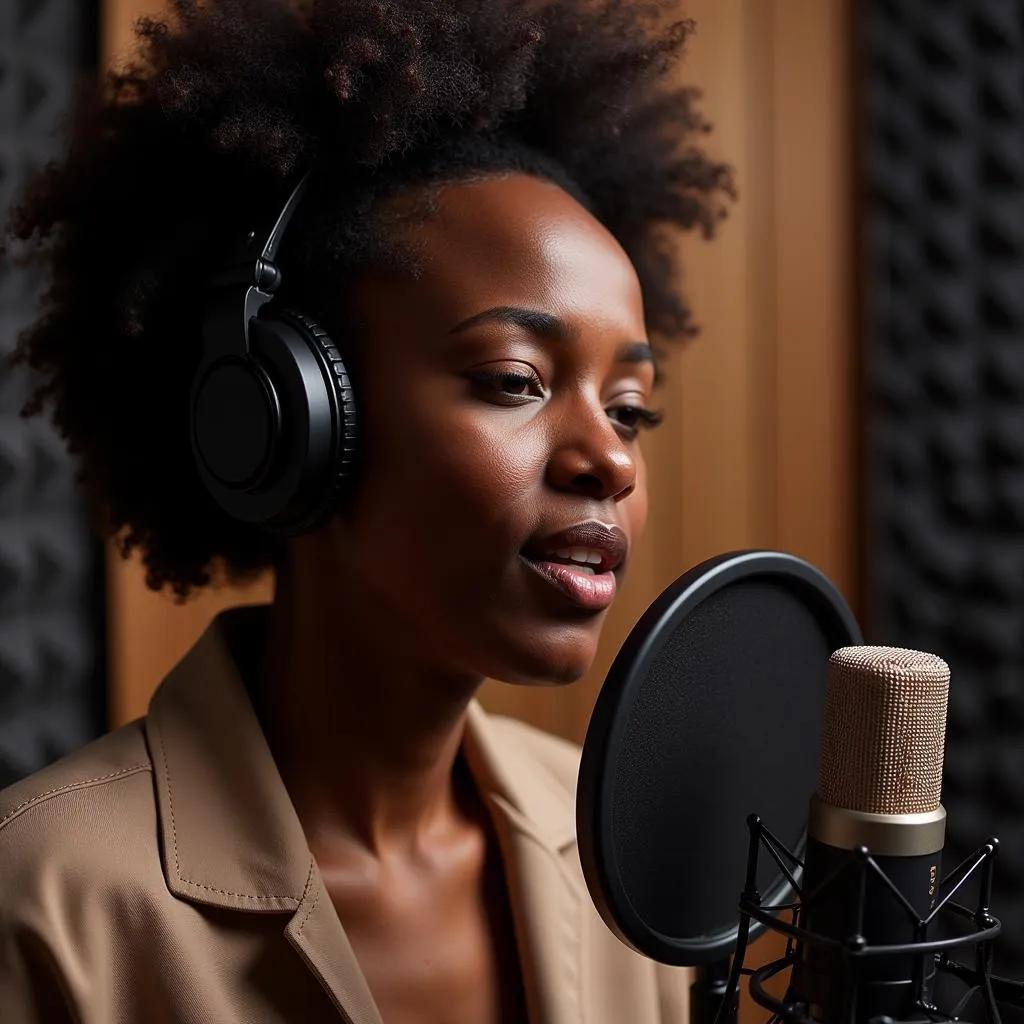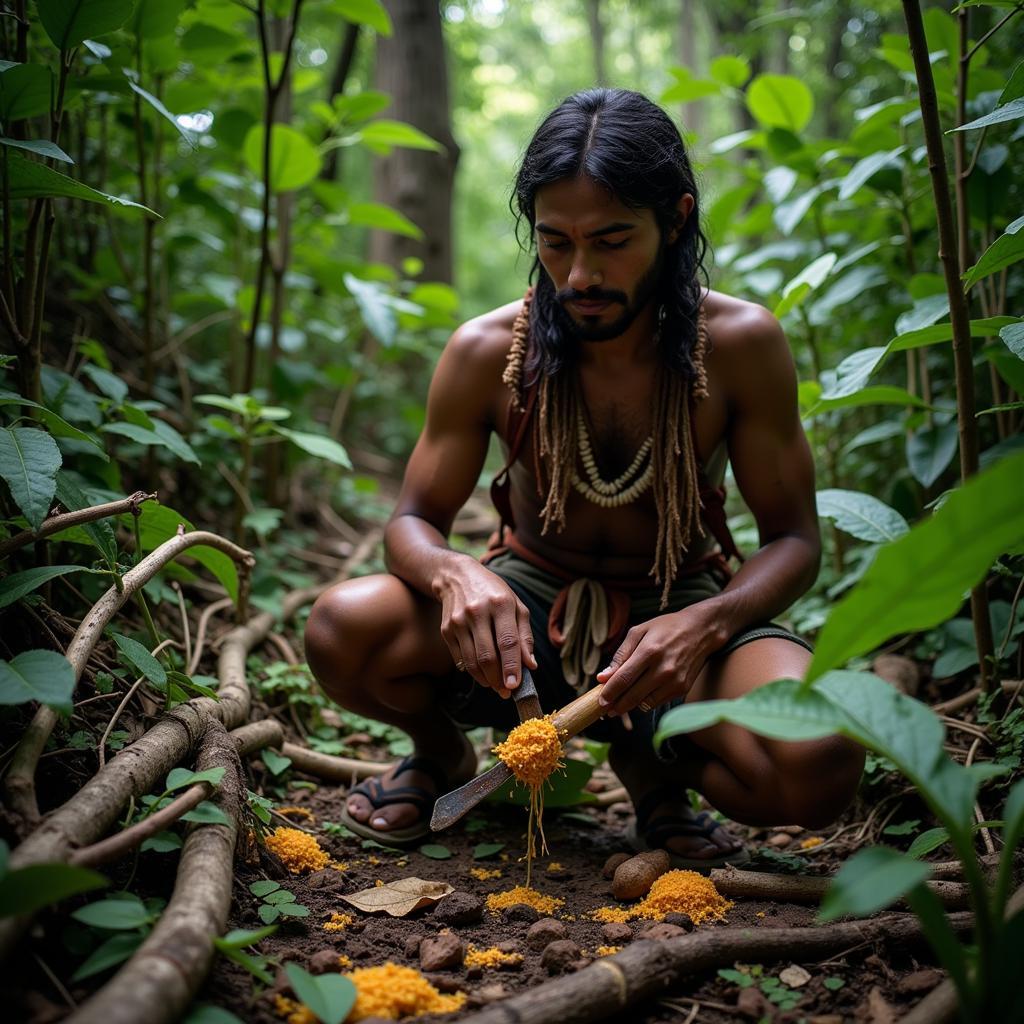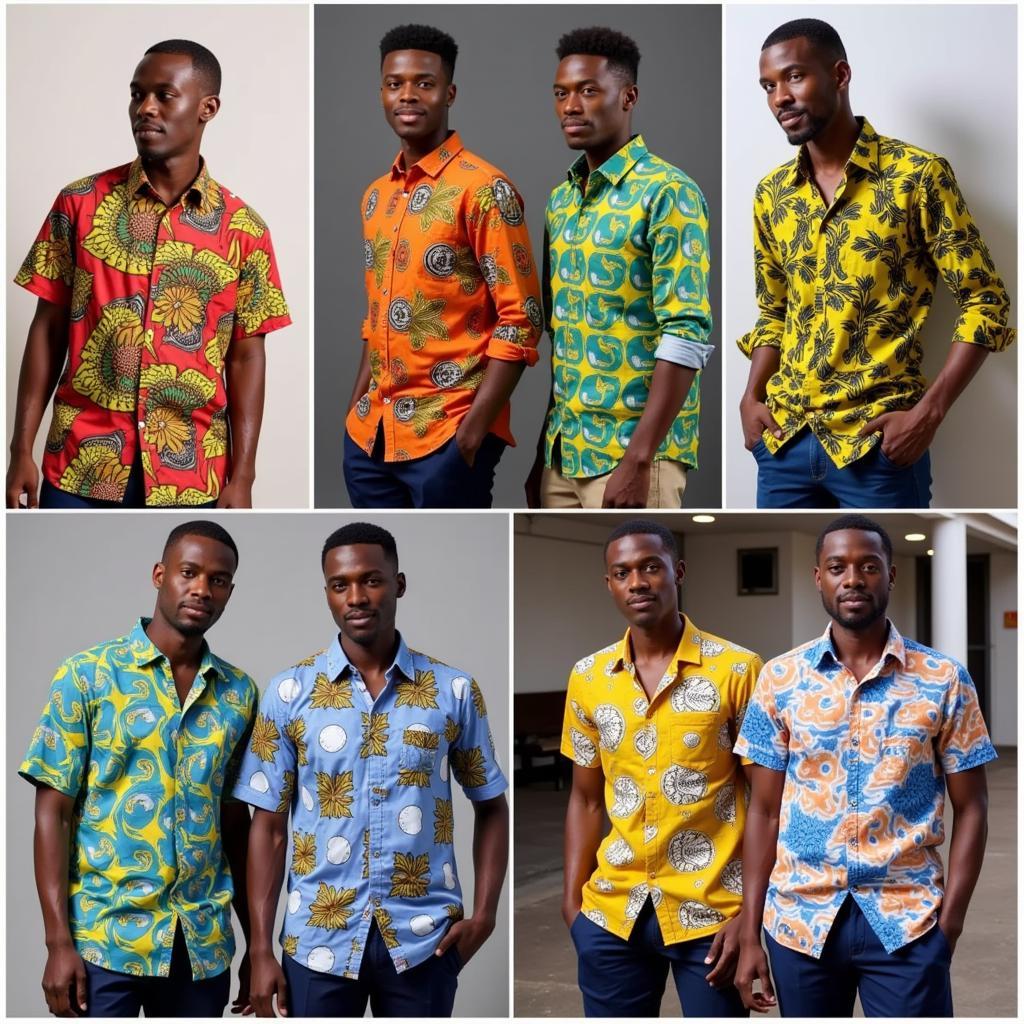A Guide to African Dance Steps: Exploring the Rhythms and Movements of the Continent
African dance is a vibrant and expressive art form that has been passed down through generations, reflecting the rich history, culture, and traditions of the continent. It’s a powerful medium of storytelling, communication, and celebration, encompassing a wide variety of styles and techniques. This article will delve into the fascinating world of African Dance Steps, exploring some of the most popular styles, their historical significance, and how they are practiced today.
The Importance of Dance in African Culture
Dance has always played a crucial role in African societies, serving as a vital form of expression, entertainment, and social cohesion. It’s a way to celebrate life events like weddings, births, and harvests, as well as to honor ancestors, gods, and spirits. Some dances are used for storytelling, while others are performed for spiritual purposes or to teach important lessons.
“Dance in Africa is not just a form of entertainment. It’s a way of life, a language, and a way of connecting with our heritage.” – Amina Diallo, renowned African dance instructor
Popular African Dance Styles
Africa is a diverse continent with numerous ethnic groups, each with its own unique dance traditions. Here are some of the most popular African dance styles:
1. Traditional African Dances
- Gnawa: This spiritual dance from Morocco is performed by the Gnawa people, a Sufi brotherhood that uses music and dance to connect with the divine.
- Assiko: Originating in Cameroon, Assiko is known for its energetic and rhythmic movements, often accompanied by a traditional xylophone.
- Gumboot Dancing: This unique South African style involves stomping and clapping in a rhythmic pattern, using boots as percussion instruments.
- Kizomba: This sensual dance from Angola has gained international popularity in recent years, featuring smooth and graceful movements.
2. Contemporary African Dance
Modern African dance combines traditional elements with contemporary techniques, creating innovative and expressive forms. Some popular contemporary African dance styles include:
- Afrobeat: This dance style, inspired by the music of Fela Kuti, is characterized by its energetic and rhythmic movements, often incorporating political and social commentary.
- Ndombolo: Originating in the Democratic Republic of Congo, Ndombolo is a high-energy dance style that combines traditional Congolese rhythms with modern influences.
- Dancehall: This Jamaican-inspired dance style has become popular in many African countries, featuring energetic and often suggestive movements.
Learning African Dance Steps
Learning African dance steps can be an enriching and rewarding experience. There are several ways to get started:
- Take a Class: Many dance studios and community centers offer African dance classes.
- Find Online Tutorials: There are numerous online resources, including YouTube videos and websites, that provide instruction on various African dance styles.
- Attend Workshops and Festivals: African dance workshops and festivals offer opportunities to learn from experienced dancers and experience the cultural richness of the art form.
The Benefits of Learning African Dance
Learning African dance offers numerous benefits, including:
- Improved Physical Fitness: African dance is a physically demanding activity that can improve flexibility, coordination, and endurance.
- Stress Relief: The rhythmic movements and energetic nature of African dance can provide a stress-relieving outlet.
- Cultural Appreciation: Learning African dance allows you to connect with the rich cultural heritage of the continent.
- Social Interaction: Dance classes and workshops offer opportunities to meet new people and make friends.
Frequently Asked Questions (FAQs)
Q: What are some essential elements of African dance?
A: Most African dance styles involve rhythmic footwork, body isolations, and expressive hand gestures. They often emphasize the use of the hips and torso for movement.
Q: How do I choose an African dance style to learn?
A: It’s best to explore different styles and find one that resonates with your interests and personal preferences. Consider factors like energy levels, cultural background, and musical influences.
Q: Is it difficult to learn African dance?
A: Learning any dance style takes practice and dedication. However, African dance steps can be learned by individuals of all ages and fitness levels.
Q: How can I incorporate African dance into my daily life?
A: You can practice African dance steps at home, join a dance class, or attend performances. You can also explore African music and culture to deepen your appreciation for the art form.
Q: What are some tips for beginners learning African dance?
A: Start with basic steps and gradually progress to more complex movements. Focus on rhythm and coordination, and don’t be afraid to experiment and have fun!
This guide has provided a glimpse into the fascinating world of African dance steps. Whether you’re a dance enthusiast or simply curious about the rich cultural traditions of the continent, exploring African dance can be an enriching and rewarding experience.
 African Dance Class
African Dance Class
Remember, dance is a universal language that transcends borders and cultures. Embrace the rhythms and movements of Africa, and discover the magic of this ancient and expressive art form.


